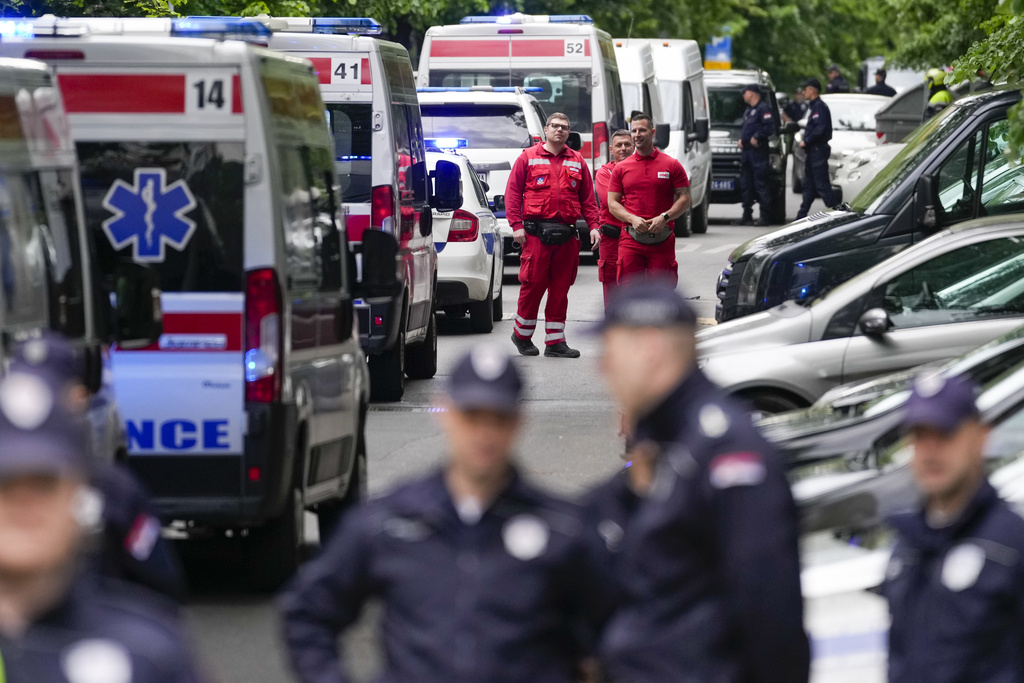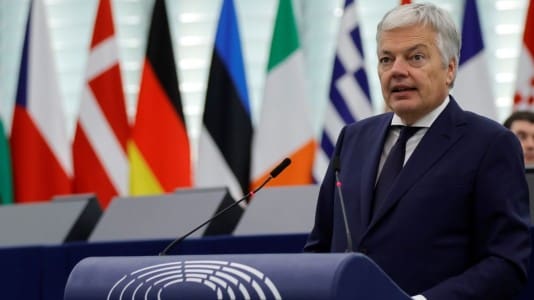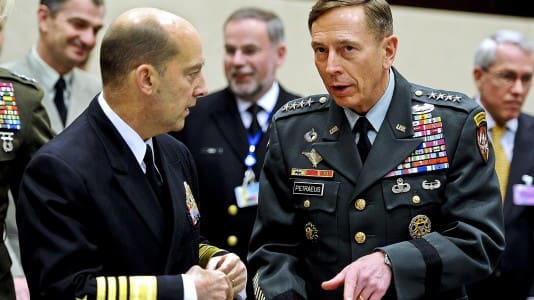The trial of the parents of a 13-year-old boy who shot dead 10 people in his school in May last year has begun in Belgrade, Serbia.
The mother and father of the mass shooter, Kosta Kecmanovic, were charged with a “serious act against general safety” for failing to safeguard the weapon and ammunition used in the attack that left nine students and one security guard dead.
Kecmanovic’s father could face up to 12 years in prison after teaching his son how to use a gun and regularly taking him to the shooting range where the manager and instructor have also been charged.
The man had a license to carry weapons, but he did not store them in accordance with safety regulations.
The trial is being held behind closed doors at the request of the prosecutor, on the grounds of the interests of the underage victims and the perpetrator, who is also underage.
The scene of the school massacre is still closed, and the victims’ parents are hoping to set up a memorial in the classroom where the children were murdered. For some time, the whole school was closed, and there were also rumors that it would be demolished and a memorial erected in its place. After the incident, many students were transferred to other schools by their parents.
On the night after the school stampede, a 20-year-old youth in Mladenovac, near Belgrade, shot at passers-by with a machine gun, killing eight people. The two massacres shook Serbia and led to mass protests.
Following the two incidents, the Serbian government took several measures. Among other things, a gun amnesty was declared, with citizens handing in more than 100,000 weapons and ammunition. In addition, permanent police surveillance was introduced in all schools in Serbia, and the minimum age of criminal responsibility was lowered from 14 to 12 years of age.
After the South Slavic wars in the 1990s, there were still many weapons left in the hands of the civilian population, with an average of 40 firearms per 100 inhabitants in Serbia, according to media reports.





